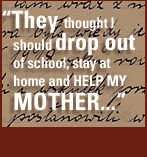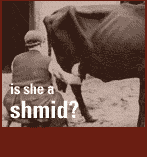

Derfer
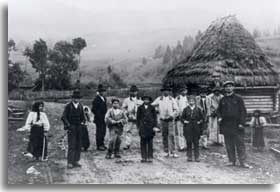

The expansive countryside of pre-World War II Eastern Europe was dotted with thousands of villages and hamlets, called derfer in Yiddish, many of which had small Jewish communities. These Jewish communities lived in relative isolation, often on the fringe of a larger, non-Jewish, community. Moreover, because village Jews were a relatively uneducated and impoverished section of the Jewish populace, urbane and educated Jews tended to view them as rustic country cousins. These village Jews nevertheless filled indispensable, and often uniquely Jewish, economic roles - as middlemen and skilled workers within largely agrarian societies, societies in which most rural non-Jews remained committed to the age-old agricultural life that their families had passed down over the centuries. It was not until the dawning of industrialization and the upheavals of the 20th century that non-Jewish peasants began to compete with and, later replace, Jews as merchants and artisans
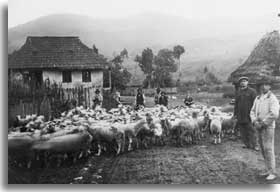

The central challenge for derfer Jews who lived without those institutions familiar to larger Jewish communities, was how to perform basic communal, cultural, and religious duties - praying in a minyan (often men), going to synagogue, sending children to Jewish schools, burying family members - and, indeed, how to remain Jews. Most villages had no synagogue or rabbi, and it was left to laymen to lead prayers and form minyanim. Celebrating holidays, obtaining kosher meats, and observing basic Jewish rites often required a trip into town, a trip that was rarely possible for the majority of village Jews.
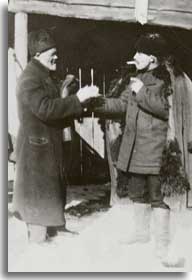

Surviving as Jews in such isolation was a delicate balance; on the one hand, depending on the non-Jewish majority for most economic and daily needs and, on the other hand, guarding a peculiar insularity among the few Jews present. This distinct existence, which had survived for centuries throughout the derfer of Eastern Europe, began a steep decline at the end of the 19th century as modernity encroached, and newly nationalistic, anti-Semitic governments created major obstacles to Jewish life. In Russian lands Jews could only stay in their villages by bribing Czarist authorities. World War I only served to producean increase in poverty and suffering, and many remaining rural Jews were burned out or pushed out by their neighbors. In Lithuanian and Polish villages, things were no better. In the 1930s governments fueled the peasants' fears by scapegoating Jews, while simultaneously subsidizing economic development that drove Jews from their trades.








